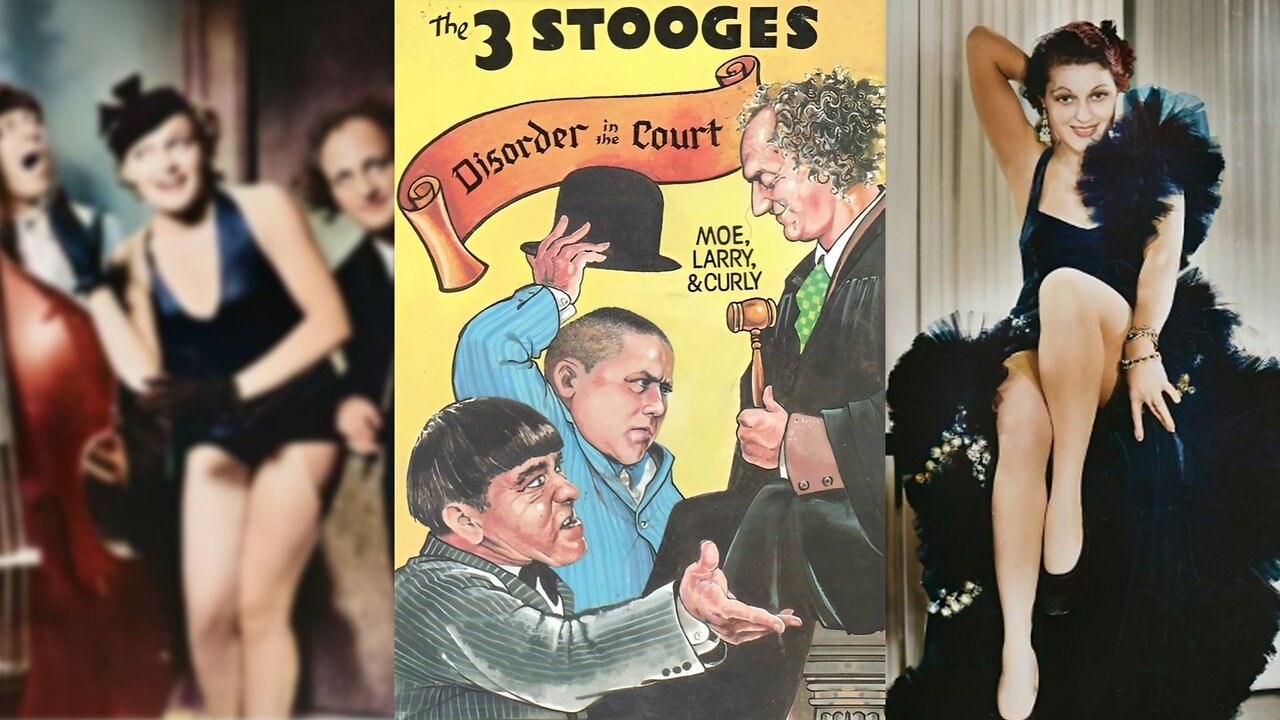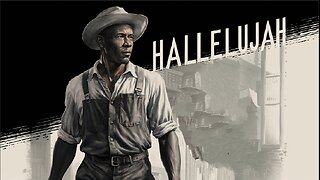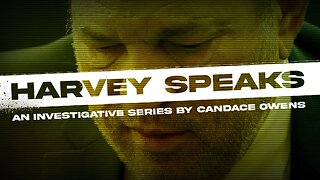Premium Only Content

DISORDER IN THE COURT 1936 The Three Stooges & Suzanne Kaaren | Comedy | B&W
Disorder in the Court is a 1936 short subject directed by Preston Black starring American slapstick comedy team The Three Stooges (Moe Howard, Larry Fine and Curly Howard). It is the 15th entry in the series released by Columbia Pictures starring the comedians, who released 190 shorts for the studio between 1934 and 1959.
SYNOPSIS
The stooges are witnesses at a trial where their friend, a dancer at a nightclub where they are musicians, is accused of murder. The stooges manage to disrupt the proceedings but save the day when they discover the real murderer's identity.
The Stooges are key witnesses at a murder trial. Their friend and colleague, Gail Tempest, is a dancer at the Black Bottom cafe where the Stooges are musicians. She is accused of killing Kirk Robin (a play on "Who Killed Cock Robin?").
The Stooges harass the defense attorney in Disorder in the Court
When the Stooges are called to the witness stand, they are nowhere to be found. The defense attorney goes out into the hall only to find the Stooges playing jacks and tic-tac-toe simultaneously on the floor. After considerable mutual frustration, the court finally swears in Curly, who begins to describe the events that took place on the night of the murder. He offers to show the court exactly what happened. The Stooges and Tempest are part of a musical act; Tempest and the Stooges break into their musical routine to prove this, with Larry on violin, Moe on harmonica, and Curly on both spoons and upright bass while Tempest dances.
The act is interrupted when Larry unknowingly mistakes a man's toupée for a tarantula and Moe subsequently takes the guard's gun and starts shooting the toupée, causing pandemonium in the court. Then, Moe and Curly re-enact the actual murder (with Curly on the receiving end). Moe looks at a parrot, who was at the murder scene, and sees a note tied to its foot. He opens the parrot cage, unintentionally releasing it.
CAST & CREW
Moe Howard as Moe
Larry Fine as Larry
Curly Howard as Curly
Bud Jamison as Defense Attorney
Harry Semels as District Attorney
Suzanne Kaaren as Gail Tempest
James C. Morton as Court clerk
Edward LeSaint as Judge
Al Thompson as Bailiff
Eddie Laughton as Co-Counsel
Johnny Kascier as Court recorder
Alice Belcher as Flirting juror
Solomon Horwitz as Gallery spectator
Harold Kening as Gallery spectator
Bobby Barber as Gallery spectator
Bobby Burns as Gallery spectator
Sam Lufkin as Gallery spectator
Arthur Thalasso as Tall man in Hallway
Directed by Preston Black
Written by Felix Adler
Produced by Jules White
Cinematography Benjamin H. Kline
Edited by William A. Lyon
Distributed by Columbia Pictures
Release date May 30, 1936 (U.S.)
Running time 16:37
Country United States
Language English
NOTES
Disorder in the Court was filmed over six days on April 1–6, 1936.[1] The film title is a play on the stereotypical judge's cry, "Order in the court!"
The two Howard brothers' real life father Sol Horwitz, (the father of Moe, Curly, and Shemp Howard), makes an uncredited appearance as a member of the public audience.
This is the first Stooges short in which Curly is spelled "C-U-R-L-Y" in the opening titles instead of the previous "C-U-R-L-E-Y." The title card also has the Stooges inverted reading from left to right, Curly-Larry-Moe, as opposed to Moe-Larry-Curly in previous shorts, effectively giving Curly "top billing." This change in the title card coincides with the refined and more familiar Columbia Pictures image of a torch-bearing woman, with a shimmering light instead of the primitive animation of light rays in the previous version. In addition, the "Columbia" theme now uses a more upbeat theme, featuring a brass introduction.
Disorder in the Court is one of four Columbia Stooges shorts that fell into the public domain after the copyright lapsed in the 1960s, the other three being Malice in the Palace (1949), Sing a Song of Six Pants and Brideless Groom (both 1947). Consequently, these four shorts frequently appear on budget video compilations and streaming services.
The presumed perpetrator is a dancer named Buck Wing, a reference to the buck-and-wing dance common in vaudeville and minstrel shows.
The classic "swearing in" routine ("Take off your hat!"; "Raise your right hand"; "Judgy Wudgy") was borrowed nearly verbatim from Buster Keaton's 1931 film Sidewalks of New York, directed by Stooges producer Jules White.
-
 1:36
1:36
Lost n Found Films
5 hours agoHALLELUJAH (1929) Trailer | |Nostalgic Flick
39 -
 1:29:26
1:29:26
Glenn Greenwald
9 hours agoICE Detains Permanent Resident for Protesting Israel; European Leaders Make Maniacal Rearmament Vows They Cannot Keep | SYSTEM UPDATE #421
116K188 -
 1:02:56
1:02:56
Donald Trump Jr.
11 hours agoUSAID Slush Fund Slashed, X Cyberattack, Plus Interview with Nate Morris | Triggered Ep.223
124K111 -
 5:48:40
5:48:40
Dr Disrespect
14 hours ago🔴LIVE - DR DISRESPECT - THE SHOTTY BOYS - WARZONE, PUBG, FORTNITE
204K41 -
 2:12:50
2:12:50
Adam Carolla
16 hours agoDouble Murder Convict to be executed by Firing Squad + Comedian Elon Gold + Comedian Carol Leifer
76.3K5 -
 46:08
46:08
Kimberly Guilfoyle
12 hours agoBad Day to be a Bad Guy: FBI Taking Down World’s Worst Criminals, Live with John Nantz | Ep.203
161K60 -
 DVR
DVR
Redacted News
10 hours agoWhat's REALLY going on in Syria? | Redacted with Natali Morris
172K128 -
 54:18
54:18
Candace Show Podcast
11 hours agoHarvey Speaks: Jessica Mann & The Five Year Affair | Ep 3
182K85 -
 56:53
56:53
Grant Stinchfield
9 hours ago $7.37 earnedFreeze Spending & Kick the Can Down the Road... Why Republicans Should do Just That!
95.9K16 -
 56:48
56:48
VSiNLive
10 hours agoFollow the Money with Mitch Moss & Pauly Howard | Hour 1
75.5K1